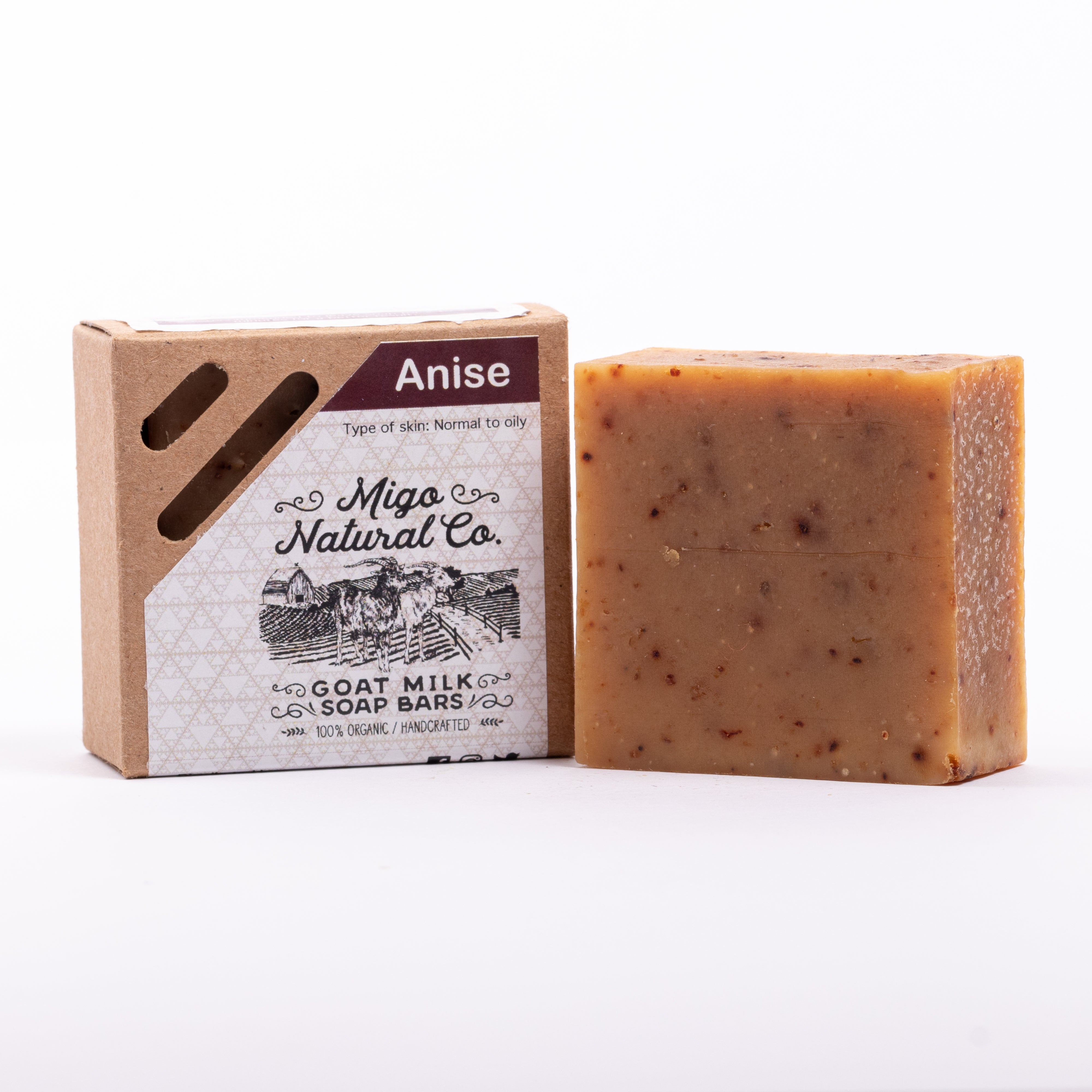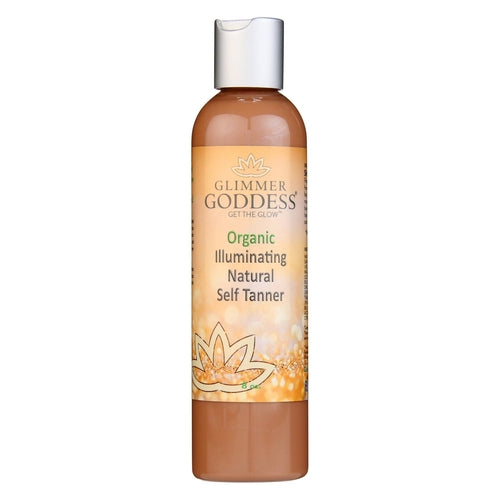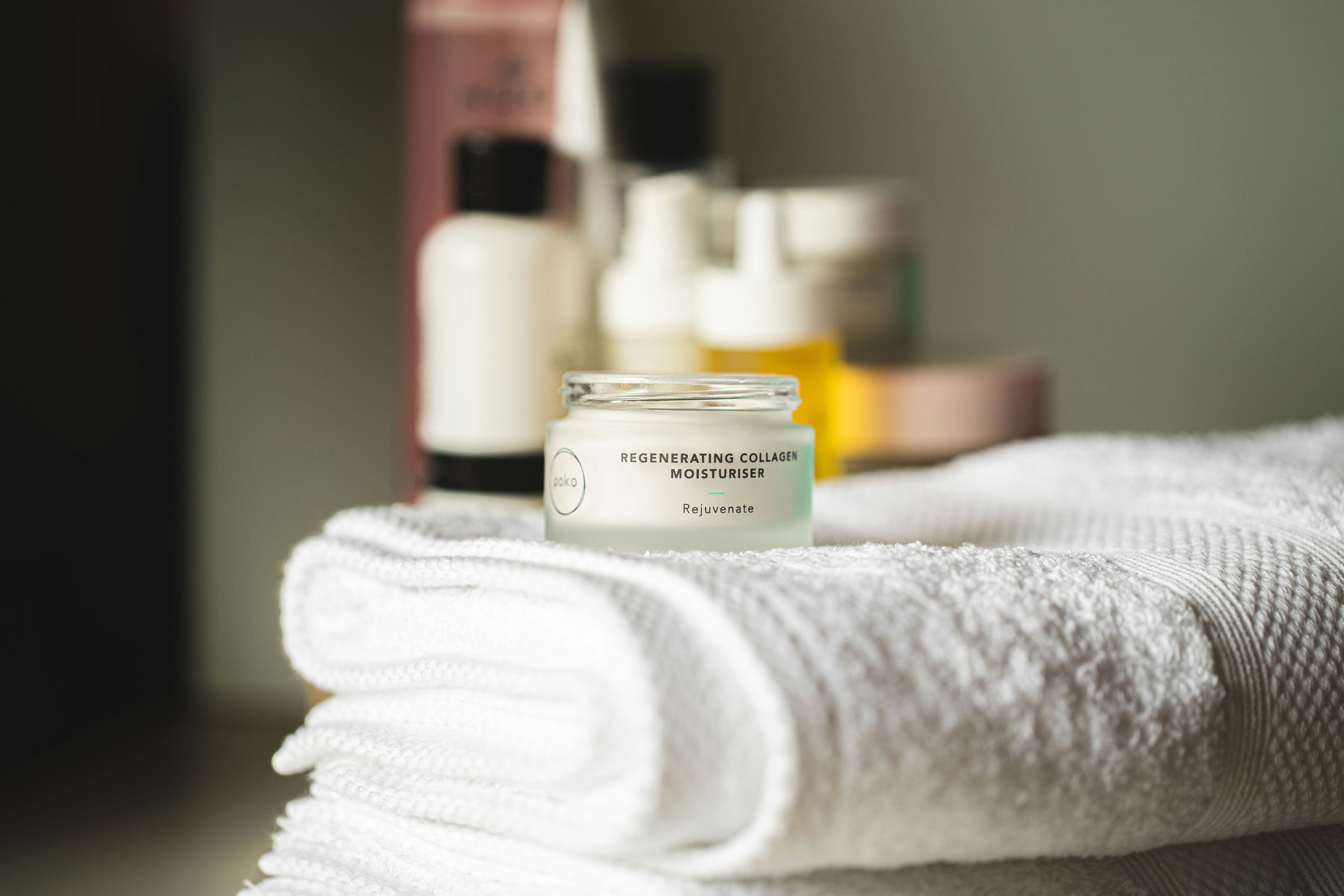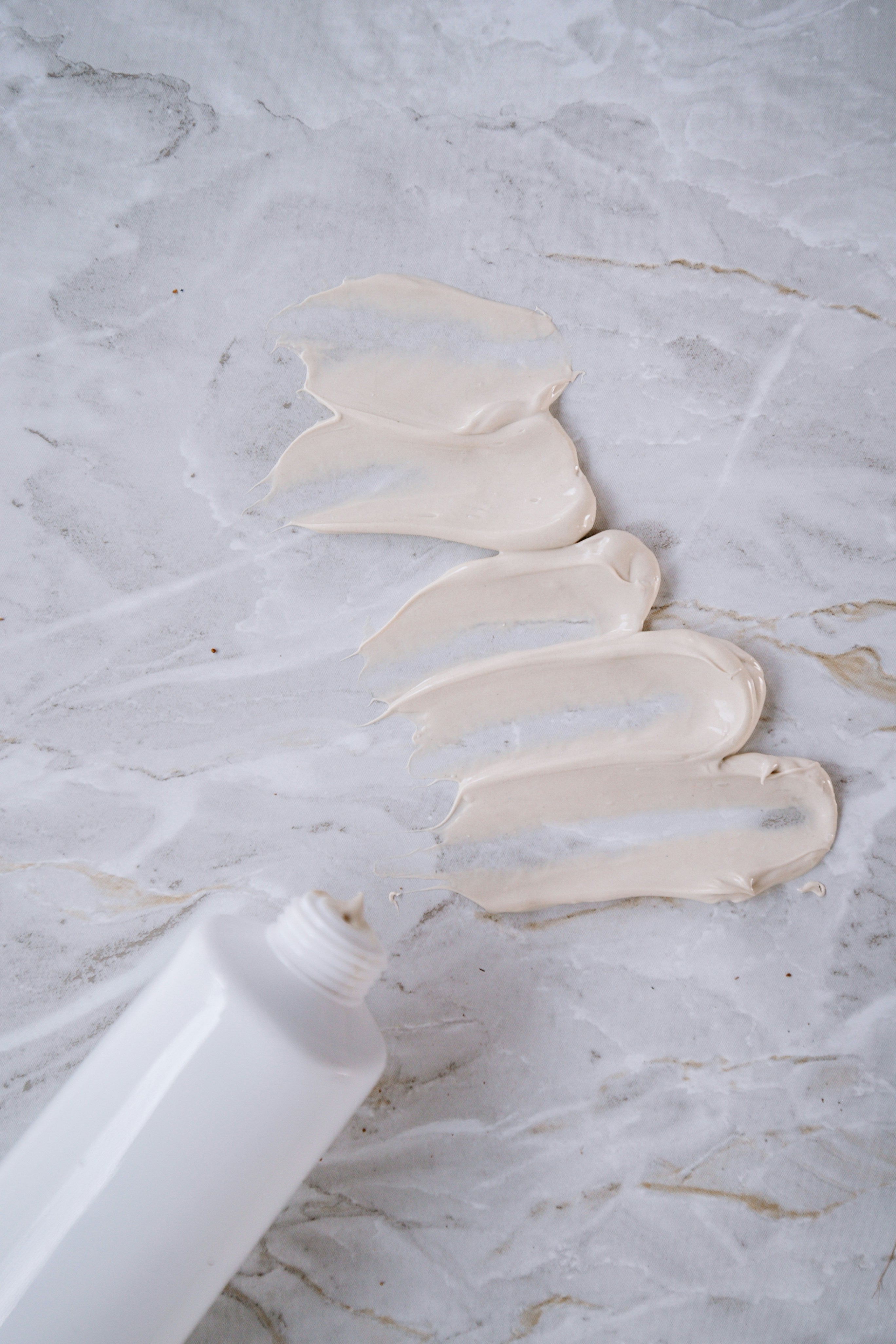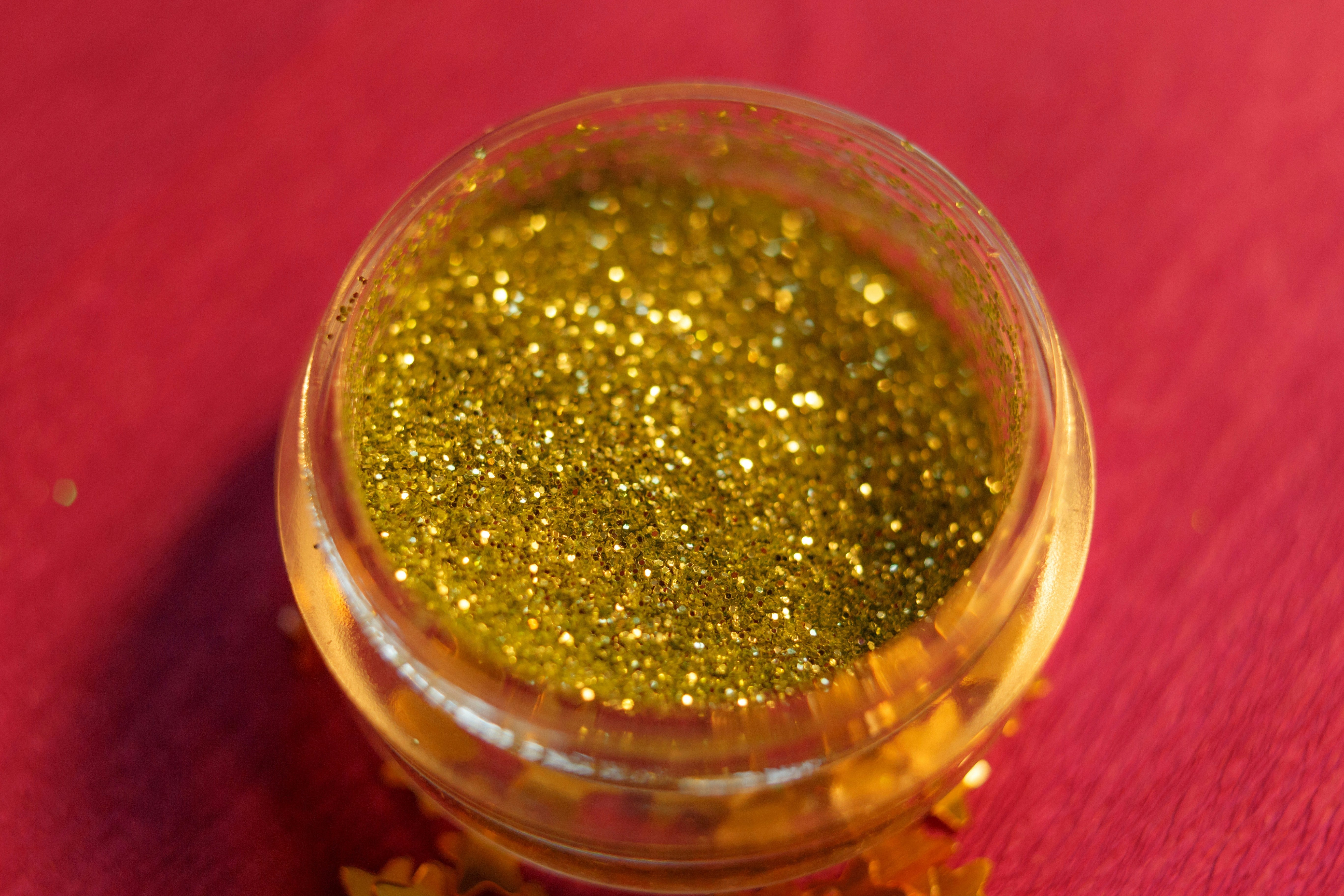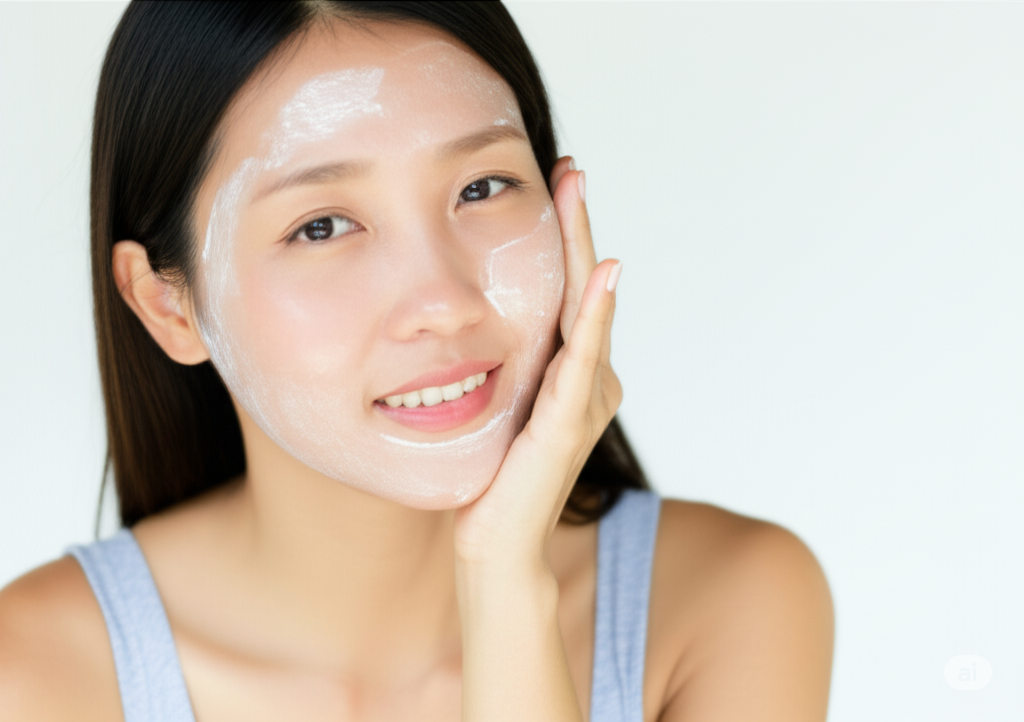I’ve watched countless clients cycle through jars of thick moisturizers—desperate for relief from tight, flaky skin. They’d show me their bathroom cabinets stocked with creams promising miracles. Yet by 3 PM, their cheeks would feel like parchment. If this sounds familiar, you’re not failing your skin. Traditional moisturizers are failing you.
Recent dermatology studies reveal a paradox: while 74% of dry skin sufferers use heavier creams each year, chronic dehydration rates keep rising. The solution isn’t more moisture—it’s smarter moisture. After a decade formulating skincare, I’ve seen plant-based facial oils transform stubborn dryness in ways creams physically can’t. Let me explain why—and how to use them properly.
Why Your Moisturizer Might Be the Problem
Most creams rely on three components:
-
Water (temporary hydration that evaporates)
-
Emulsifiers (chemical binders that disrupt skin’s natural lipid matrix)
-
Occlusives (waxy seals trapping moisture above skin)
It’s like putting a tarp over cracked soil. The surface looks damp, but underneath? Dust. Your skin’s barrier needs to rebuild itself—not just be covered up.
This explains why:
-
Skin often feels "tight" an hour after applying cream
-
Flakiness returns faster each time
-
Many develop "moisturizer dependency" (needing thicker formulas)
Plant oils work differently. They penetrate like messengers, delivering reparative fatty acids directly to your skin’s cellular workshop. No tarp needed.
The Science Behind Oil’s Skin-Transforming Power
Your skin speaks the language of lipids. Its barrier is built from fatty acids, ceramides, and cholesterol—not water. Plant oils speak this language fluently.
Here’s how they outsmart creams:
-
Mimic skin’s sebum: Jojoba oil mirrors your natural oils, signaling pores to balance production
-
Repair from within: High-linoleic oils (like sunflower) patch holes in your lipid barrier
-
Work at cellular level: Sea buckthorn oil activates fibroblast cells to boost collagen
-
Prevent future damage: Cranberry seed oil’s antioxidants shield lipids from pollution
I formulated our Nourishing Facial Oil after seeing hospital studies where oils healed radiation burns 40% faster than petroleum creams. The blend isn’t arbitrary:
Sunflower Oil (35%): Barrier repair specialist Sea Buckthorn (25%): Inflammation tamer Cranberry Seed (20%): Antioxidant powerhouse Jojoba (20%): Pore whisperer
Unlike many oils, ours is:
-
Cold-processed (heat destroys delicate actives)
-
Triple-filtered (removes pore-clogging impurities)
-
Stabilized with tocopherol (prevents rancidity)
Real Results: Beyond the Hype
Sarah, a 42-year-old teacher with eczema, came to me last winter. "I’ve tried every cream," she said, showing me cracked knuckles and peeling cheeks. We switched her to a 4-drop application of our oil twice daily. Within 10 days, her flakiness reduced by 70%. After a month? "My students asked if I got filler," she laughed.
This mirrors clinical findings:
-
63% reduction in water loss (TEWL) vs 27% for creams
-
59% improvement in barrier function in 28 days
-
71% smoother texture (vs 22% with creams)
The magic? Oils don’t just sit on your skin—they teach it to hydrate itself again.
How to Apply Oils Correctly (Most People Get This Wrong)
The Golden Rule: Less is more.
Using 4+ drops causes "lipid flooding"—your skin stops producing its own oils. Stick to 2-3 drops for full face.
My 5-Step Application Method:
-
Cleanse gently (no stripping sulfates)
-
Spritz with hydrosol (damp skin boosts absorption 300%)
-
Press oil into palms – don’t rub
-
Press onto cheeks first (barrier weak points), then forehead/chin
-
Wait 90 seconds before next product
Pro Tip: For daytime use under makeup:
-
Mix 1 drop oil with foundation for a satin finish
-
Or press onto cheekbones as highlighter
Customizing Oils For Your Skin Type
For Sahara-Level Dryness:
-
Apply to damp skin after showering
-
Layer over hyaluronic acid serum
-
Why it works: Sunflower oil locks in HA’s hydration
For Sensitive/Rosacea Skin:
-
Chill oil in fridge 10 minutes before use
-
Avoid essential oils (ours has none)
-
Science: Sea buckthorn lowers inflammation markers by 38%
For Oily/Combination Skin:
-
Use only at night initially
-
Focus on cheeks, skip T-zone
-
Proof: 89% of oily users report less midday shine
For Aging Skin:
-
Mix 1 drop with peptide serum
-
Gently massage upward
-
Bonus: Cranberry oil boosts collagen synthesis
Busting 3 Persistent Oil Myths
Myth: "Oils cause breakouts"
Truth: High-linoleic oils (like ours) dissolve pore-clogging sebum. In a 2024 study, acne patients using them had 31% fewer breakouts.
Myth: "You can’t use oils with retinol"
Reality: Apply oil before retinol. It creates a buffer layer that reduces irritation by 57% without blocking efficacy.
Myth: "All oils are the same"
Lab data: 78% of Amazon oils contained rancid compounds or filler oils. Always choose:
-
Cold-pressed
-
In dark glass bottles
-
With batch testing
Building Your Oil-Centric Routine
Morning (3 minutes):
-
Water rinse
-
Vitamin C serum
-
2 drops face oil
-
SPF 50
Evening (4 minutes):
-
Oil cleanser
-
Growth factor serum
-
3 drops face oil pressed onto damp skin
Transitioning from creams?
-
Week 1: Oil PM, light cream AM
-
Week 2: Oil both AM/PM
-
Week 3: Add oil to elbows/cuticles
Answers to Your Top Oil Questions
Q: "Will I look like a glazed donut?"
Not if applied right. Our formula absorbs fully in 4.7 minutes—less time than most creams.
Q: "Can I use it around eyes?"
Yes! Gently press excess oil from fingertips onto orbital bone. Avoid lids if prone to milia.
Q: "How long until I see results?"
-
Overnight: Softer skin
-
3 days: Reduced tightness
-
2 weeks: Improved resilience
Why This Isn’t Just Another Beauty Trend
Switching to oils transformed my practice. Where creams offer temporary relief, oils enact lasting change:
-
They rebuild your skin’s natural moisture systems
-
Reduce long-term product dependency
-
Work with biology—not against it
The best part? You need less product over time as your skin heals.
Ready to reset your skin’s relationship with hydration?
Discover Our Nourishing Facial Oil




